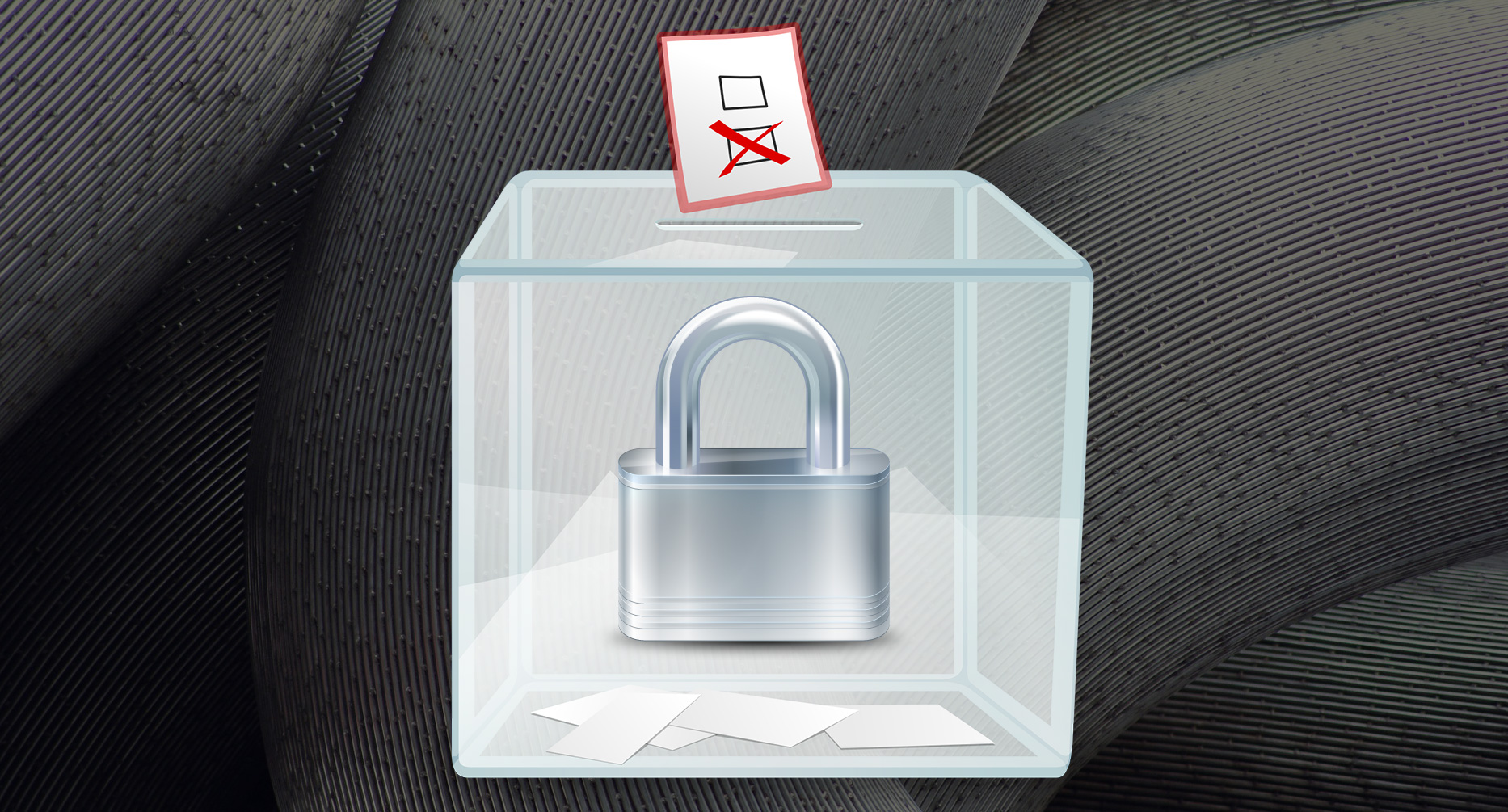Creating an oasis of health in your home is getting easier with the help of sensors and IoT devices.
Image: iStock/Techa Tungateja
Business strategists at Moen, a kitchen and bathroom fixture supplier, recently identified trends that would influence future construction and home building. What they found was a theme of homes that promoted health, wellbeing and wellness.
SEE: TechRepublic Premium editorial calendar: IT policies, checklists, toolkits, and research for download (TechRepublic Premium)
To this end, manufacturers have been moving toward healthier building materials for home construction, clean forms of renewable energy, and air filtration systems.
In this healthy home movement, the Internet of Things (IoT) plays a critical role.
“To create a home that is good for the planet, one must first create an energy or thermally efficient home—but to do this effectively you also need an array of sensors along with a standalone energy recovery ventilator (ERV) that connects to your heating and air conditioning systems and constantly draws fresh, clean air into your home while removing stale air,” said Matt Howland, president of Dvele, which designs and manufactures modular and prefab homes.
Howland said that the IoT his company uses collects around 300 real-time data points in a home, and controls more 30 different elements throughout the home. “We also privately secure and orchestrate the IoT devices (sensor networks and controls) within the home to drive occupant health and home energy efficiency,” he said.
While it is IoT devices and sensors that activate, monitor and report on home functions, the ultimate driver of this activity is the software that runs it.
SEE: 5 Internet of Things (IoT) innovations (free Pdf) (TechRepublic)
“We came up with the name the “software-defined home,'” Howland said. “What this means is we have sensors built into the home checking air quality, energy consumption, building durability and overall state of the home. We can control different aspects of each home to create the healthiest, most efficient home possible.”
IoT and software monitor data points, owner patterns, and even the external environment, such as the outdoor air quality in a fire-prone area. Based on the health and operational parameters defined for each home, airflow can be automatically adjusted, as can HVAC system settings, lighting, and temperature.
“The goals are to meet owners’ expectations and to drive health,” Howland said.
Designing healthy home environments isn’t necessarily easy, given the diversity of IoT devices and the challenge of integrating them.
SEE: Why is machine learning so hard to explain? Making it clear can help with stakeholder buy-in (TechRepublic)
“The home IoT devices that we see today are really command-and-control devices or enhanced switches,” Howland said. “We knew we wanted to be informed in real time by the state of a home and the historic performance of that particular home, all while being secure and private. This meant we had to create an in-home solution to constantly monitor and adapt to hundreds of real-time data points.”
The signing of the Internet Cybersecurity Act on Dec. 14 will promote IoT standardization. This will be a major step forward for companies like Dvele and others that are trying to integrate IoT technology into larger IT architectures, as well as for consumers—and it is exactly the space that IoT should be in.













/cloudfront-us-east-2.images.arcpublishing.com/reuters/VUGWIKRVFJJ3FBIGWKEHQ6FHUY.jpg)
